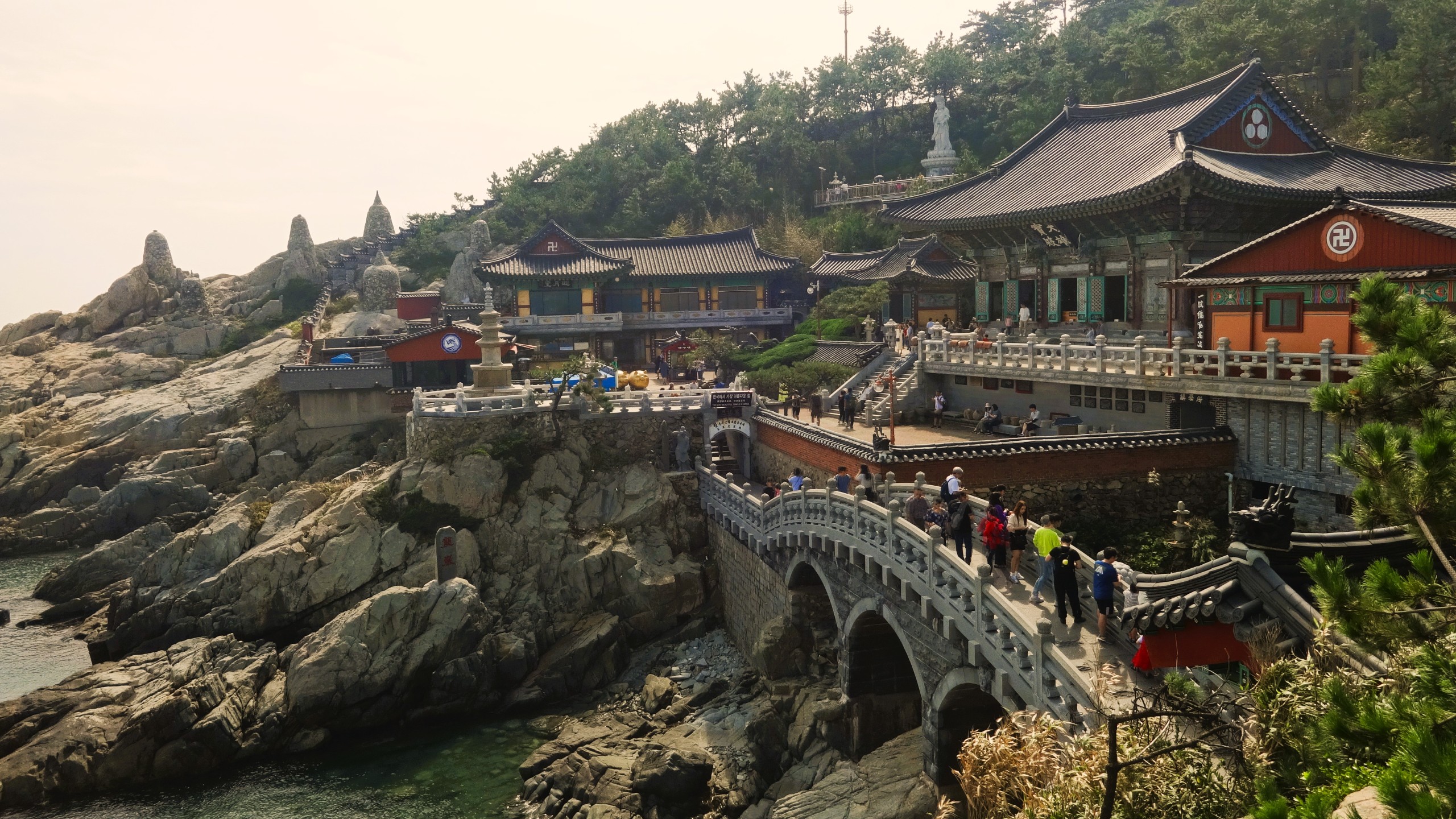
(Reading time: 3 minutes)
From the perspective of K-dramas, the 1st century AD is considered an attractive beginning to Korean history. The peninsula and Manchuria were ruled by three kingdoms: Goguryeo, Baekje and Silla.
Some 2000 years later, none of them exists anymore, but you can still follow the fates of the people of that time today, for example in series like Scarlet Heart or Hwarang: The Poet Warrior Youth. Additionally, the kingdom of Goguryeo is credited with a small victory in influencing the present-day name of Korea (Goguryeo -> Korjo -> Korea). It’s remarkable because by the year 676, everything indicated a clear victory for Silla. It had conquered both neighbors and formed Unified Silla. A part of the former territory of Goguryeo was subsequently renamed the kingdom of Parhae by King Go, and the period of coexistence of the northern and southern states (Parhae and Unified Silla) lasted until 926. At that time, surely, no one remembered Goguryeo.
Fashion trends are cyclical. At the turn of the 10th century, Unified Silla was divided into the so-called late three kingdoms – Late Silla, Late Baekje and Late Goguryeo, which were later reunited under the Goryeo dynasty.
Another century of viewer interest is the 14th. The state is renamed Joseon, King Sejong the Great comes to power and, among other things, he creates Hangul – the original Korean phonetic alphabet. Koreans still use it today. The series “The Moon Embracing the Sun” is set in this period.
In 1910, someone in Japan remembered that the Korean admiral Yi Sun-sin had been dead for more than 300 years, and it wouldn’t hurt to resume naval conquests. Successfully. The end of the occupation policy came only with the resolution of World War II, or rather the victory of the USA over Japan. The capitulation on August 15, 1945 meant loss of colonies (including Taiwan) and the beginning of friendship between Koreans and Japanese. Habit is a second nature, so even today someone occasionally burns the neighbor’s flag, but otherwise, the waters between the two countries are stagnant.
By 1948, it was clear that the political, economic and social systems on the northern and southern Korean peninsula were mutually incompatible. The solution came with the division at the 38th parallel into northern (communist) and southern (democratic) parts. But the communists were not satisfied with the peace. In 1950, they invaded the South and began the three-year Korean War. This was followed by intervention of the USA along with 20 other democratically minded states. The existence of the Third Law of Newton was confirmed by China (the People’s Republic of China) in response to the US action. The Soviet Union materially supported the Chinese army’s counterattack against the US advance, leading to a stalemate where it all began – at the 38th parallel known as the Korean Demilitarized Zone.
Formally, the Republic of Korea and the Democratic People’s Republic of Korea are still at war, but since 1991, both have been members of the UN.
Few decades later a delegation consisting of two individuals, a man and a woman, flew into the country, which is formally still in a state of war.
-mj-